SP's Aviation - ISSUE No 12-08
Previous Issue Next Issue

SP Guide Publications puts forth a well compiled articulation of issues, pursuits and accomplishments of the Indian Army, over the years

"Over the past 60 years, the growth of SP Guide Publications has mirrored the rising stature of Indian Navy. Its well-researched and informative magazines on Defence and Aerospace sector have served to shape an educated opinion of our military personnel, policy makers and the public alike. I wish SP's Publication team continued success, fair winds and following seas in all future endeavour!"

Since, its inception in 1964, SP Guide Publications has consistently demonstrated commitment to high-quality journalism in the aerospace and defence sectors, earning a well-deserved reputation as Asia's largest media house in this domain. I wish SP Guide Publications continued success in its pursuit of excellence.
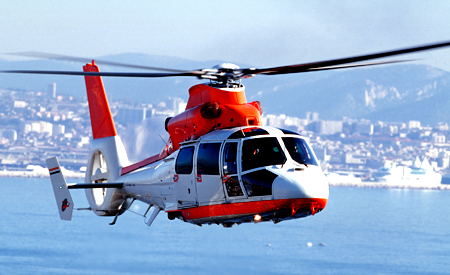
The current economic downturn has not inhibited the growth of air charters to the same degree as the airlines. More and more corporate sector players are now venturing into the air charter business.
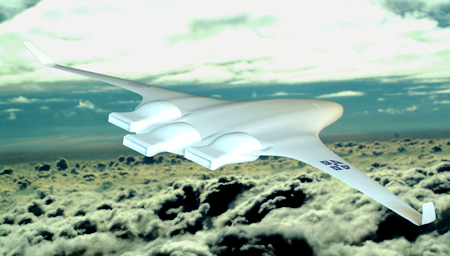
Environmental responsibility needs to become a core business element of the aviation industry, rather than an add-on to impress politicians and appease the green brigade.
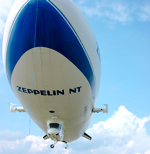
Galloping technology and escalating fuel costs are fuelling interest in airships as fresh endeavours are made to revive the lighter-than-air behemoths.

On August 9, 1896, Otto Lilienthal was flying one of his own gliders when a heat eddy blew him off balance. He attempted to recover but the glider stalled and crashed.
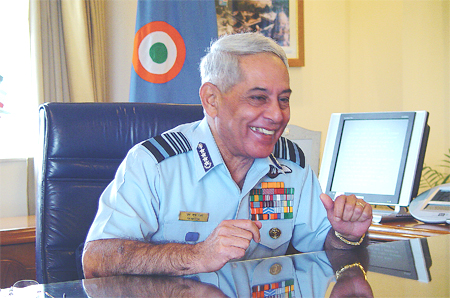
In the concluding portion of the interview of the Chief of the Air Staff, Air Chief Marshal F.H. Major, Editor-in-Chief Jayant Baranwal and Senior Visiting Editor Air Marshal (Retd) V.K. Bhatia.

It is important to begin airspace design with the concept of shared use. No one operator type—be it military, airline, aerial work, government, recreation or business aviation—should be allowed sole use of large sectors of a nation’s airspace.

India rallied around daunting adversities even as the country’s aviation industry struggled to retain its cheer amid the gathering gloom.
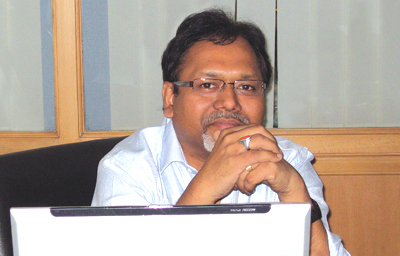
In 2009, let us resolve to adopt concrete measures that will restore integrity and establish synergy. Overcoming our fears and setting aside all prejudices and hypocrisies, let us delve deep into our reserves of resilience and perseverance to emerge stronger than ever.
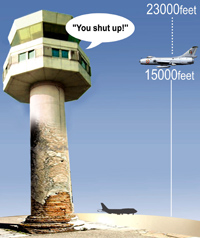
On a Friday morning, in the second week of December 2008, a Chennai Air Traffic Controller (ATC) snapping shut up to an Indian Air Force (IAF) pilot drew gasps from at least 15 pilots flying in the sector. It led to a sharp exchange, with the pilots questioning the language used by the controller, who in defence clarified that he was under tremendous pressure. Senior officials warned and counselled the controller, but no disciplinary action was taken.
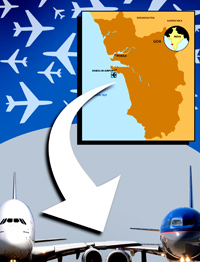
A Moscow-bound Trans Aero Jumbo aircraft and a UK-bound Iber World chartered plane brushed against each other at the Dabolim airport, Goa on November 16 last year. The incident occurred at around 1.30 pm. The collision affected 10 of the scheduled 35 flights as their wait for a parking bay was delayed by 30 to 45 minutes, stranding hundreds of passengers.
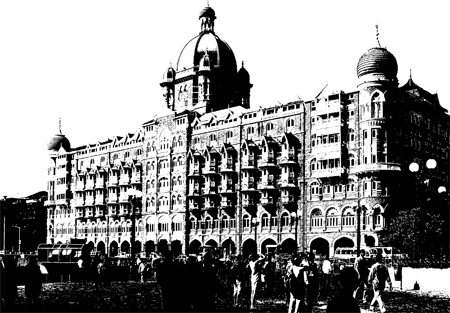
The 26/11 terror attacks in Mumbai laid bare the inadequacies of the country’s intelligence agencies—the utter lack of speed, centralised control, cohesion and coordination.
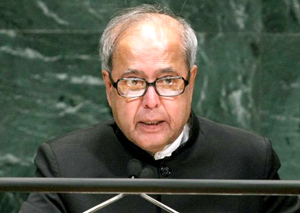
Once it had been ascertained that Pakistan was involved in the Mumbai atrocity, some concrete action should have been taken immediately to launch precision aerial attacks against the terrorist camps.
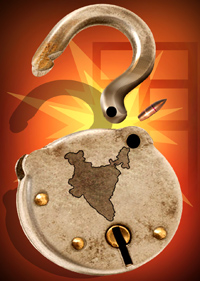
The Indian government’s response to 26/11 was embarrassingly defensive and devoid of the slightest hint of capability or intention of resolute action beyond a bland all options open syndrome.